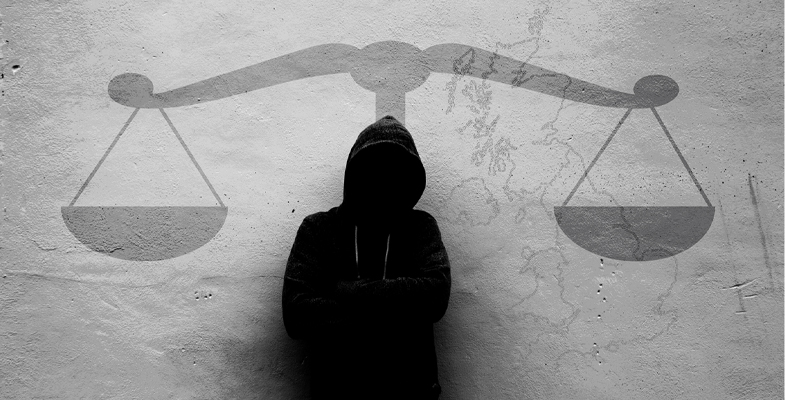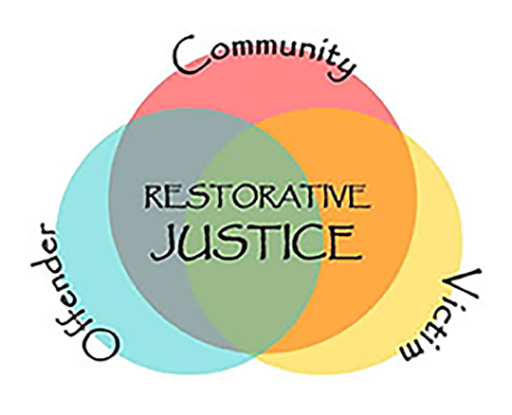1 What is restorative justice?
The political conflict over the status of Northern Ireland that was addressed by the 1998 Comhaontú Bhéal Feirste or Belfast (Good Friday) Agreement demanded imaginative and radical responses. Criminal justice institutions, such as the police and the court system, were regarded with deep suspicion and young people’s communities were divided by different political loyalties, traditions and national aspirations. When the criminal justice system was reviewed, restorative justice appeared to offer significant potential. In this section you’ll explore the origins of restorative justice and the principles that underpin its practice. Then, in the following sections, you will consider how it has been adapted to the needs of young people in Northern Ireland.
Activity 1 The origins of restorative justice
Although it has featured in many new developments in youth justice − from New Zealand to Northern Ireland − restorative justice is anchored in old ideas about resolving conflicts. What distinguishes them from the approach taken in conventional criminal justice is the stress placed on direct dialogue between the people involved, including, where possible, the victim or victims.
Restorative justice has been propelled onto the agendas of governments, schools and communities by a dynamic social movement. This movement is diverse and produces sometimes competing accounts of the origins of restorative justice. You can read one account here – Section 3 of this article gives a brief history of restorative justice:
Defining restorative [Tip: hold Ctrl and click a link to open it in a new tab. (Hide tip)]
Now make a list of five applications of restorative practice as mentioned in the article.
Discussion
Restorative justice has emerged in and alongside criminal justice systems from America to South Africa and New Zealand. A major consolidation and recognition of the practice began with the family group conferences established in Aoteroa, New Zealand to accommodate Maori concerns about the white (Pākehā) colonial system of criminal justice. As defined by one of its most dynamic proponents, Howard Zehr, restorative justice is ‘a way of looking at criminal justice that emphasizes repairing the harm done to people and relationships rather than only punishing offenders’ (Zehr, 1990).
‘Restorative practice’ refers to how restorative justice is actually put into practice in various contexts. Sometimes these settings are established by criminal law and sometimes they are less formal, for example in schools or colleges. They can also be established in local communities to resolve neighbourhood disputes or other forms of community tension. Wherever they are used, restorative practices are guided by certain principles. The next activity looks at some examples of these principles.
Activity 2 The principles of restorative practice
Read the following account from the Restorative Justice Council of the principles underpinning restorative practice:
Principles of restorative practice
Now complete the following sentence in your own words:
Understanding the principles underpinning restorative practice is important because…
Discussion
Six principles are identified in the reading and while they may seem relatively straightforward and non-controversial, they can create tensions when applied to systems of criminal justice. For example, the principle of voluntarism sits uneasily with the idea of court sanctions and punishment that are widely applied in conventional youth justice systems in which the court orders participation as a condition of the sentence. The principle of restoration may also be difficult to realise when a child has access to limited resources. Because each individual case will be different, a sound appreciation of the principles underpinning practice is important so that practitioners can be flexible while seeking to maintain the integrity of the process.
The practice and principles of restorative justice are often described as ‘dialogic’ − they draw on ideas about negotiation between people in conflict, a dialogue that involves direct communication and sometimes compromise. This emphasis on the ‘process’ of the interaction between people is a characteristic of the youth justice system in Northern Ireland. In the next section you will consider why this has become so important.

